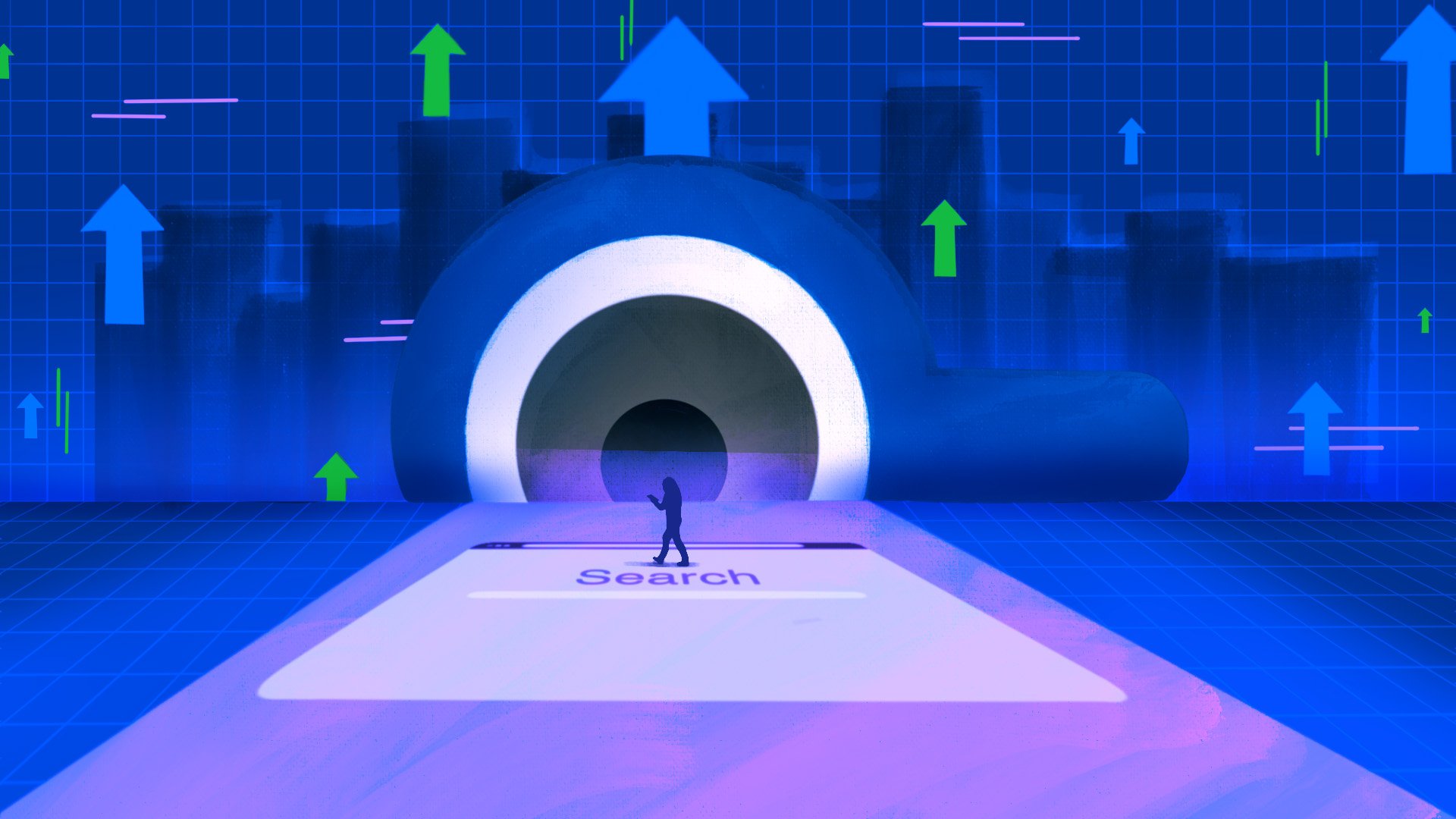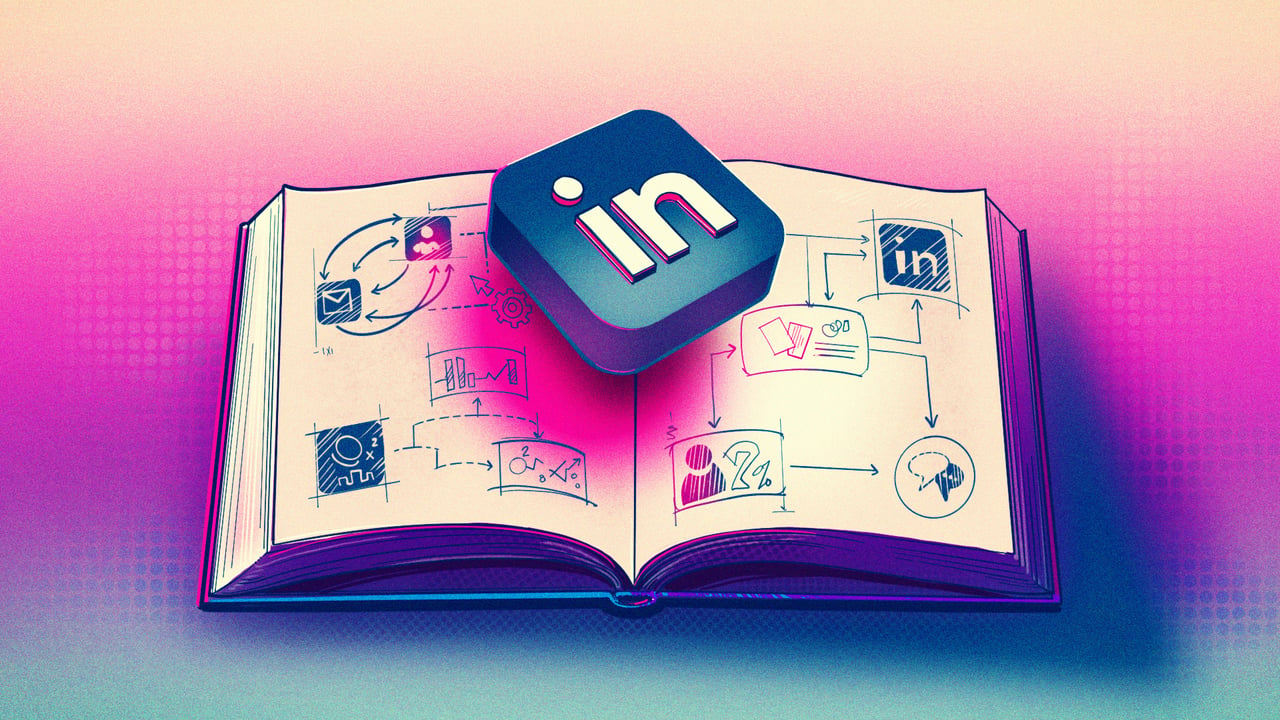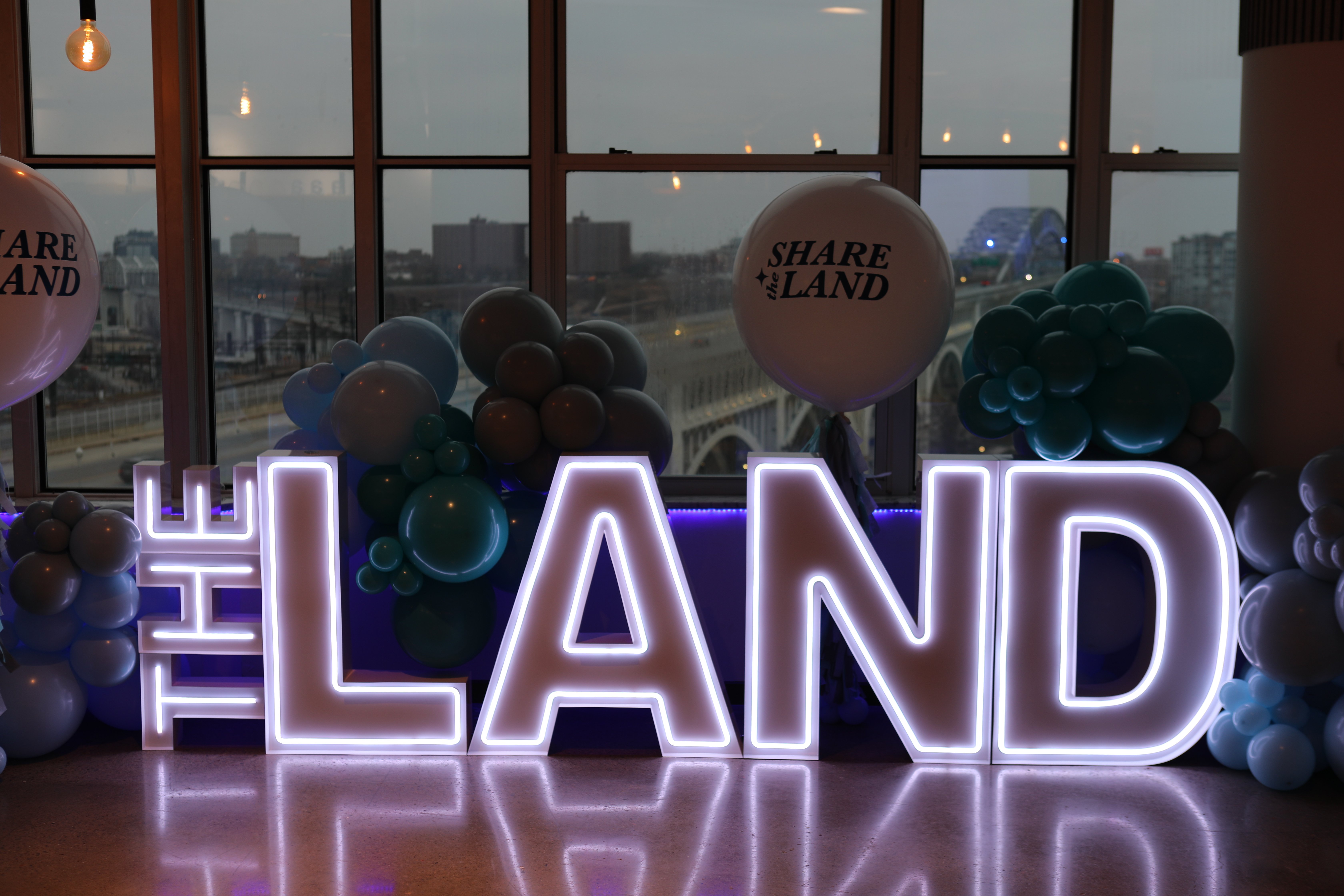
PUBLISHED
AUTHOR
ILLUSTRATOR
From Clicks to Conversations: LinkedIn’s Newest Rules for Organic & Paid Success
LinkedIn quietly made some big changes in 2025 that are already shifting what works (and what doesn’t) across organic and paid media. If your brand uses LinkedIn to build visibility, share expertise, or generate leads, understanding these updates will help you reach your audience without fighting the algorithms.
Here’s what’s changed and what smart marketers should do next.
Organic: LinkedIn Gets More Human
Between May and July 2025, LinkedIn began favoring expertise and authentic conversation over vanity engagement. What’s now rewarded is content that sparks actual dialogue. Think longer comments (15+ words), on-topic questions, and meaningful creator responses. Passive interactions, such as likes or reshares, carry far less weight.
The first hour of engagement (the “golden hour”) is now make-or-break for reach. Posts that draw in early conversation are more likely to gain traction. And notably, native formats like articles, carousels, PDFs and video are preferred over anything that takes users off of the platform. Even dropping a link in the comments can hurt distribution.
Additionally, viewers aren’t only seeing your newest content when they scroll. Older posts may resurface if they’re relevant again, making evergreen content more valuable than ever.
Personal vs. Company Pages: Why Who Posts Matters
These organic shifts mean that who is posting matters just as much as what is being said.
LinkedIn’s feed now leans heavily toward personal profiles over company pages. Posts from individuals are more likely to be widely seen, especially when they generate comments from outside the company. By contrast, company page posts are initially shown to a small sample of users and only expand in reach when non-employees engage.
It’s a push for connection on an individual basis, which can be a tricky hurdle for brands that rely solely on corporate channels. Brands should empower their internal experts and leaders to share insights through their personal profiles and use the company page to support these conversations rather than lead them.
Paid Media: Smarter, Leaner, More Accountable
LinkedIn’s paid platform is also evolving, with AI playing a much bigger role in targeting and optimization.
Expect more precise audience expansion tools, greater transparency in how data is used and a stronger emphasis on first-party data and contextual targeting. That means marketers need to go beyond job titles and start thinking more holistically about audience signals.
Vanity metrics like impressions or CTR are no longer the headline story. LinkedIn’s new attribution model, LIDDA (LinkedIn Data-Driven Attribution), uses transformer-based modeling to assign credit across multiple touchpoints. This goes beyond surface-level clicks, helping marketers understand which campaigns, creatives and formats are actually moving pipeline and revenue.
Formats & Features: What’s In, What’s Out
As part of this shift, LinkedIn has updated and sunset several ad formats:
- Conversation Ads are now front and center, prioritizing interactive and message-based experiences that guide users through decision-stage messaging. These are replacing traditional Message Ads, which were more one-directional.
- Legacy Text Ads and some Dynamic Ads are being phased out.
- Visual and interactive content like short-form video, polls, quizzes and immersive carousels are performing better and getting more platform support.
- Select Campaign Manager features and some older third-party integrations have been retired. This aims to simplify workflow and improve compliance with evolving privacy standards.
What This Means for Strategy
On the organic side, the goal is to start real conversations. Ask good questions, share a point of view and give people a reason to respond in that golden hour. Native formats like carousels, PDFs and videos tend to get the most traction, while off-platform links get penalized. And the profile that’s posting matters. People are far more likely to engage with content from a person than from a company page.
For paid media, think of the goal as casting a wide net, then narrowing in. LinkedIn’s AI can help you find the right people early on, but your own data from CRM insights and first-party signals is what will help you fine-tune over time. The creative should meet people where they are: short videos are great for awareness, Conversation Ads are useful when someone’s close to taking action, and carousels or PDFs can help tell a deeper story. And when it comes to measuring performance, don’t stop at clicks. What you really want to know is: Are we driving leads? Moving deals forward? Making an actual impact on revenue?
Final Thought
LinkedIn’s updates reflect a broader industry truth: content that feels human performs better, and campaigns that connect across the funnel drive the greatest return. Whether you're building a brand or a pipeline, platforms are now focused on fostering relevant conversations instead of chasing clicks.
To start exploring how your brand can best connect with your audience, talk to us on the Contact Us page.
About the author:
Paris brings poetry & song to products & services, helping each brand find (or refine) their own beat. At least that’s what she answers with when asked, “So, what does a copywriter even do?” When she’s not scribbling in her notebook, this Case Western Reserve University graduate can be found filling her apartment with arpeggios or running rings around the nearest eight-lane track.




